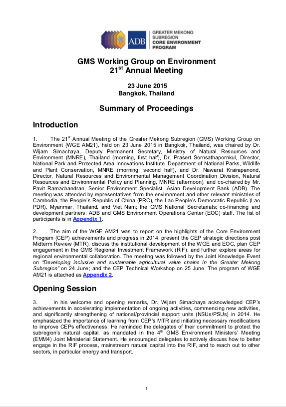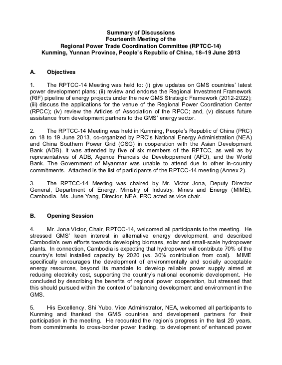GMS Ministers Endorse Plan to Accelerate Cross Border Transport, Trade
MANILA, PHILIPPINES (22 November 2013) – Countries of the Greater Mekong Subregion have endorsed measures to expedite and expand cross border transport and trade, including stepping up bilateral and trilateral country agreements.









